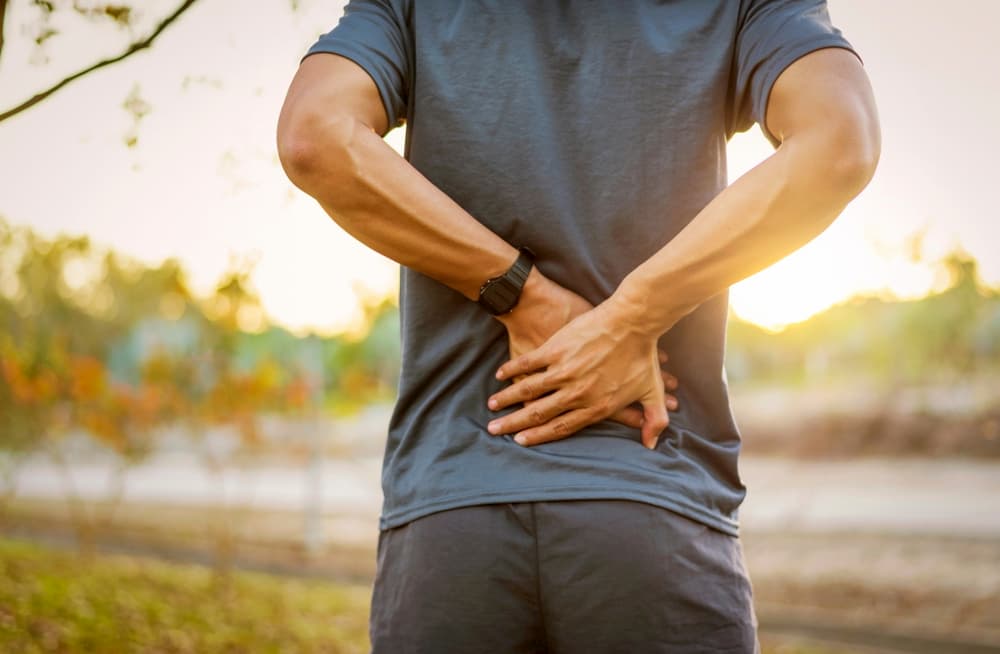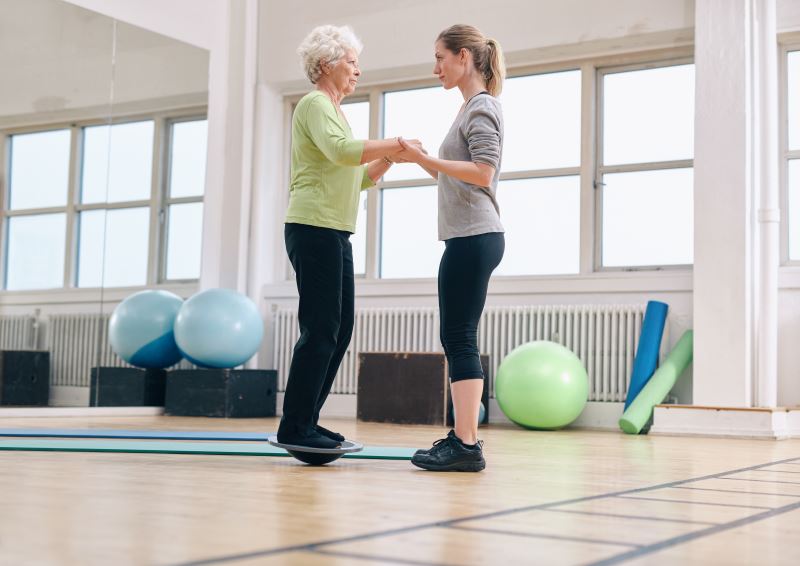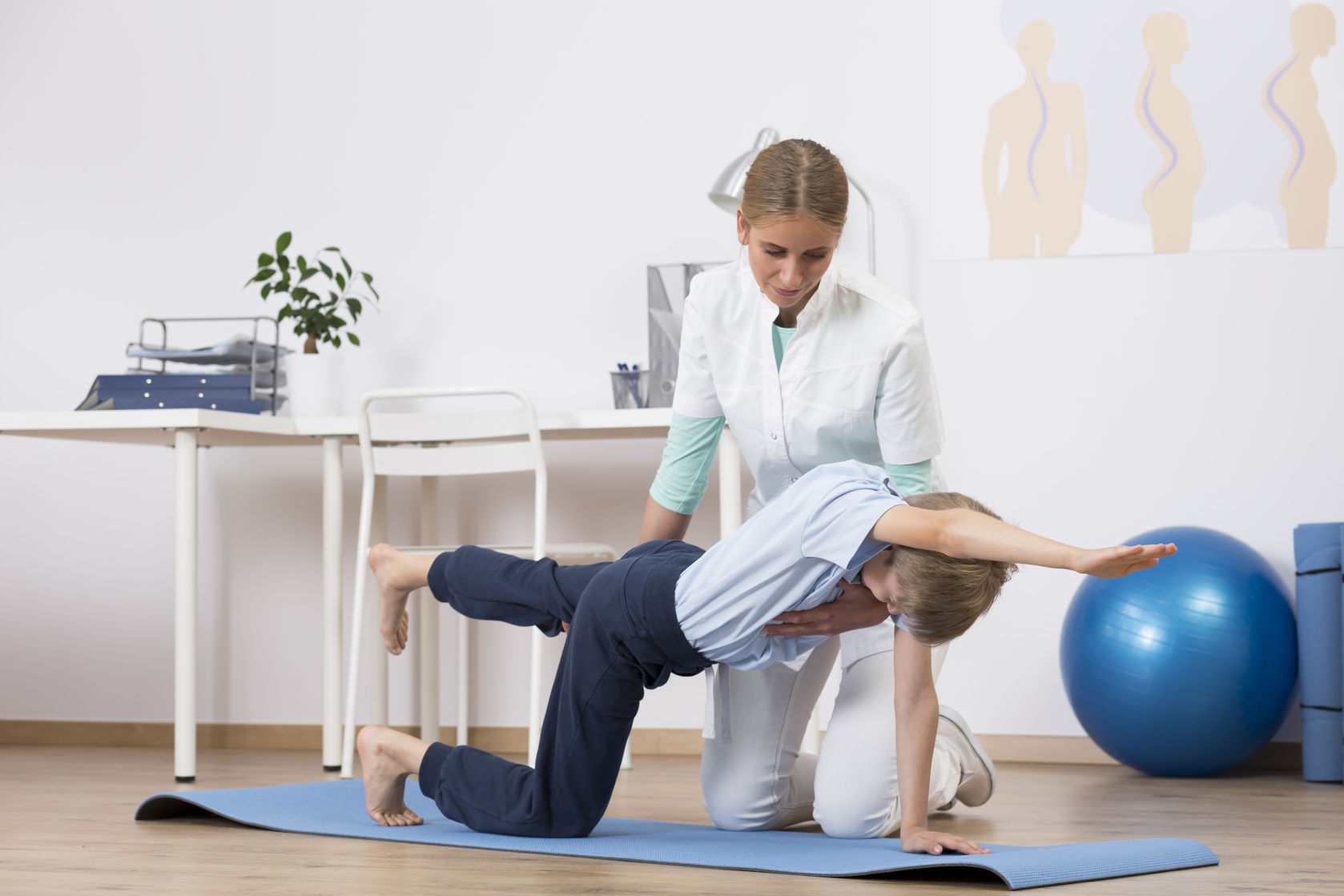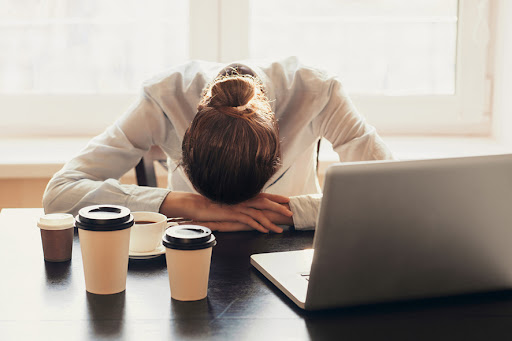
Is the source of your low back pain a mystery? You’re not alone: Nine out of 10 patients don't know the primary cause of their back pain. The problem is that most people seek treatment after they’ve begun exhibiting symptoms of back pain. While this may seem logical on the surface, we’re here to tell you that there’s a better way. .
The key is to go to a physical therapist before you begin to see the signs and symptoms of back pain. I’m sure that right about now you’re asking, “Why would I do that?” One, because physical therapists are trained to recognize the physical dysfunctions that may one day lead to back pain. And two, because eight out of 10 Americans suffer from low back pain at some point in their lives, so the chances are good that you could become a statistic one day.

Recent research is showing that surgery might not be needed as often as we think. A large review estimates that 10% to 20% of surgeries might be unnecessary and that in some specialties such as cardiology and orthopedics, that number might be higher. The reasons for so many unneeded surgeries being performed are varied, but the most common are that more conservative options aren't tried first, or lack of knowledge by the operating physician.
Physicians undergo long and rigorous training programs to become surgeons, but if they don't work hard to keep learning, their knowledge often stops growing when they leave residency. Recent research is showing that certain common surgeries aren't any better than a placebo. Two such examples are kyphoplasty - a procedure for spinal compression fractures, and partial meniscectomy - a procedure used to treat tears of the meniscus in the knee. If a surgeon hasn't continued to learn, they won't know that these surgeries often don't offer any more benefit than a non-surgical treatment and will continue to perform them.

Every year one in four people over 65 falls. That means that millions of older adults fall every year, and 1 in 5 of those falls results in serious injury like broken bones or a head injury. Less than half of the people who fall will tell their doctor, maybe out of embarrassment or maybe because they assume that falling is a part of the aging process. But falling is not inevitable, and with some help from your doctor and your physical therapist, your chances of falling can be significantly reduced.
Research has shown that many risk factors contribute to falls. Some risk factors can be changed, like lower body weakness, difficulties with walking and balance, vision problems, use of certain medications, foot pain or poor footwear, and home hazards like throw rugs, extension cords, and uneven steps or floors.

You know that physical activity is good for you. The benefits are well researched and the list is impressive. Here's just a sampling:
- Releases endorphins to make you feel good and fight depression
- Helps control weight
- Prevents diseases like stroke, diabetes and some forms of cancer
- Improves sleep
- Helps you live longer
Recent studies even show that physical activity strengthens your immune system, with a protective effect against COVID, and that staying active through middle age protects your brain as you age.
Physical activity is a wonder drug. If it was a pill, you'd buy it and take it every day. But even though activity is free, less than 25% of Americans meet the CDC recommendations for activity. We clearly need help.

The weather is hot, the gym is closed, and you've been relaxing - enjoying the lazy, hazy days of summer. Taking a day off here and there is no problem, but if you've been consistently missing your regular run, bike ride, or gym session and notice some aches and pains showing up, you might have the beginnings of deconditioning.
Exercise creates many changes in your body - your heart begins to pump blood more efficiently, your muscles use oxygen more efficiently, they contract in a more coordinated manner, and your body gets more efficient turning food into fuel to name just a few. Deconditioning is the reversing of these changes. Exercise is a "use it or lose it" kind of thing, and deconditioning is the process by which we "lose it."

Most people think of heart rate or blood pressure when they think of vital signs. It is common to use numbers to quantify health and risk of disease. The American Heart Association encourages people to "know their numbers" referring to blood pressure, blood cholesterol, blood glucose, and weight. However, research is now showing the importance of moving properly for health. Let's take a look at some of the numbers you can use to quantify your movement health:
Exercise creates many changes in your body - your heart begins to pump blood more efficiently, your muscles use oxygen more efficiently, they contract in a more coordinated manner, and your body gets more efficient turning food into fuel to name just a few. Deconditioning is the reversing of these changes. Exercise is a "use it or lose it" kind of thing, and deconditioning is the process by which we "lose it."
